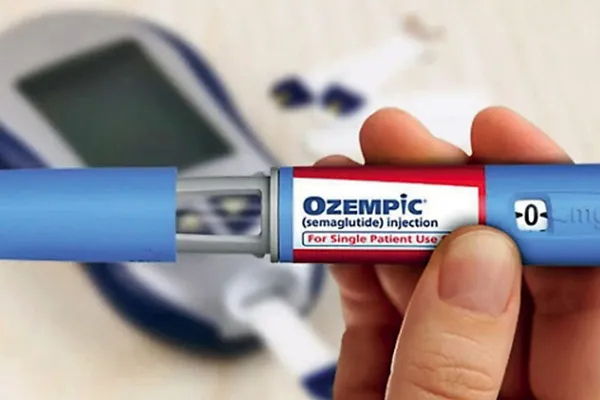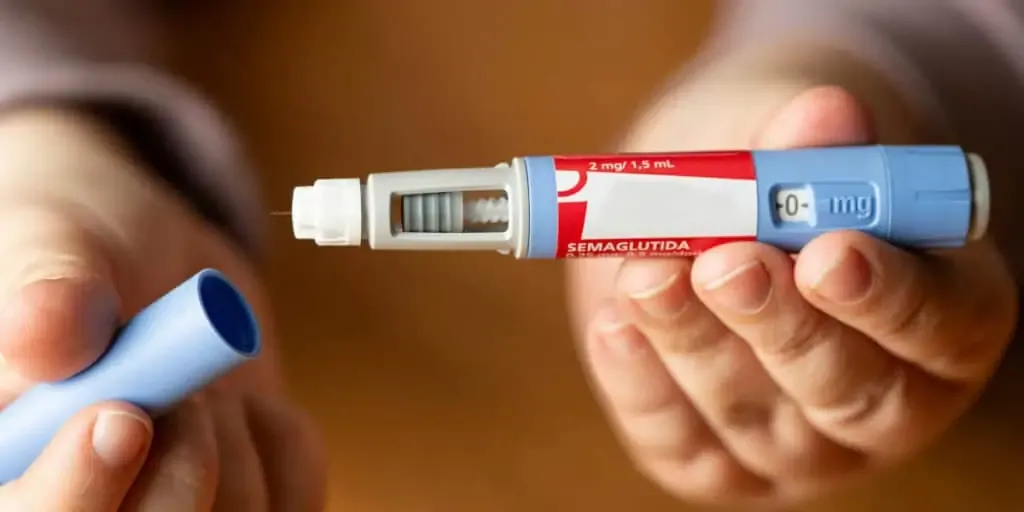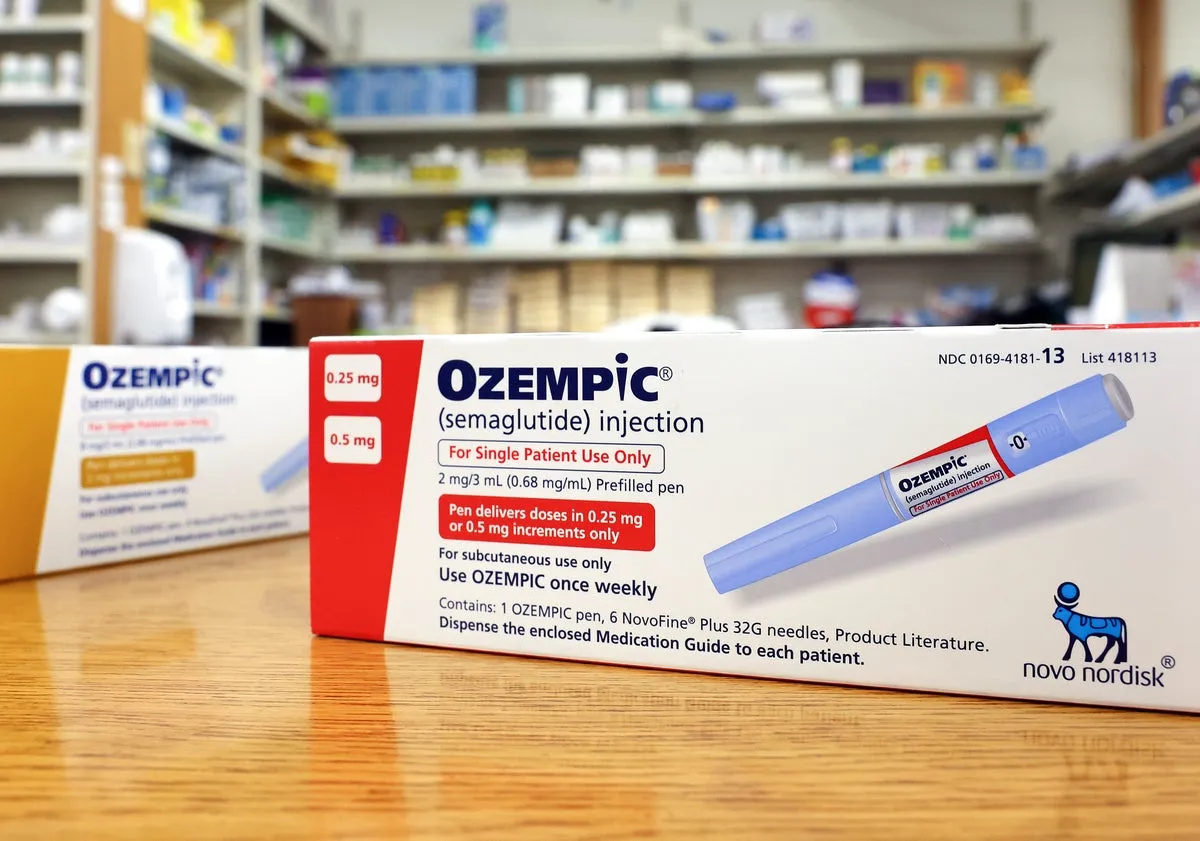In 2025, weight-loss drugs like Ozempic, Wegovy, Mounjaro, and newer GLP-1 receptor agonists will no longer be niche medications prescribed only for type 2 diabetes. They have gone mainstream, reshaping not only individual health journeys but also public discourse around obesity, wellness, and the pharmaceutical industry’s role in managing lifestyle diseases.
Once known primarily as a diabetes treatment, Ozempic (semaglutide) now stands at the forefront of a global shift in obesity management. With millions of people worldwide turning to injectable drugs to shed pounds, we are witnessing a transformation in how society views weight, health, and responsibility.
The Rise of Ozempic: From Diabetes to Mainstream Slimming Aid
Ozempic, originally approved to treat type 2 diabetes, mimics the hormone GLP-1 (glucagon-like peptide-1) to regulate blood sugar. But one of its most noticeable side effects—significant weight loss—quickly caught the attention of doctors, patients, and eventually the public.
In response to surging demand, Novo Nordisk released Wegovy, a higher-dose version of semaglutide approved specifically for chronic weight management. Soon after, Eli Lilly launched Mounjaro (tirzepatide), and more GLP-1 variants entered clinical trials.
By 2025:
- Over 30 million people worldwide use GLP-1 drugs for weight loss.
- The global anti-obesity drug market is valued at over $100 billion.
- These medications are now being prescribed not just for clinical obesity, but increasingly for cosmetic weight management.

How GLP-1 Drugs Work
GLP-1 receptor agonists like Ozempic and Wegovy:
- Mimic natural hormones that signal fullness to the brain
- Slow gastric emptying, reducing appetite, and calorie intake
- Help regulate insulin levels and blood sugar
- Lead to gradual, sustained weight loss
Patients typically see a 10–20% reduction in body weight over a year, depending on adherence, dosage, and lifestyle factors. Unlike traditional diets or pills, these drugs target biological pathways that make it easier to maintain weight loss.
A New Era of Weight Management
In the past, weight loss was dominated by fad diets, exercise programs, and supplements. While lifestyle interventions remain essential, 2025 has ushered in a pharmacological revolution.
1. Expanded Access and Popularity
Initially reserved for high-BMI patients with comorbidities, GLP-1 drugs are now prescribed for a wider population, including those:
- With mild obesity (BMI 30+)
- Suffering from metabolic syndrome
- Struggling with emotional or binge eating
- Seeking medical support for non-surgical weight loss
With growing awareness and telehealth platforms making access easier, weight-loss injectables are now part of mainstream wellness regimens, similar to Botox or hormone therapy.
2. Celebrities & Social Media Influence
High-profile users and influencers have glamorized Ozempic-style injections, contributing to what some call the “Ozempic effect”—a cultural moment where thinness is again glamorized, this time powered by pharmaceuticals.
Social media is flooded with:
- Before-and-after photos
- Weekly injection updates
- “Ozempic face” concerns (facial volume loss)
- Tips on managing side effects like nausea or fatigue
This visibility has boosted interest but also sparked criticism about unrealistic beauty standards and the pressure to medicate for aesthetics.
Healthcare Implications: Hope or Harm?
1. Reducing Obesity-Related Diseases
Doctors praise GLP-1 drugs for their potential to reduce chronic illnesses, including:
- Type 2 diabetes
- High blood pressure
- Cardiovascular disease
- Sleep apnea
- Fatty liver disease
By tackling obesity early, these drugs may help curb the global metabolic health crisis—a goal public health organizations strongly support.
2. Rethinking the Blame Game
In the past, obesity was often viewed as a personal failure. With GLP-1 drugs revealing the powerful biological drivers behind weight gain, many experts are calling for a reduction in weight stigma and a shift toward a more compassionate, medicalized approach.
Patients are increasingly recognized as people dealing with a chronic, treatable condition, not just lacking willpower.

Controversies and Criticisms
Despite their success, Ozempic and related drugs are not without ethical, medical, and societal concerns.
1. Supply Shortages
As demand exploded in 2024 and 2025, manufacturers faced repeated global shortages, leaving many diabetic patients without access to their critical medications. This sparked debates about off-label prescribing and drug prioritization.
2. High Costs and Insurance Gaps
In many areas, GLP-1 medications cost between $900 and $1,300 a month. While some insurers now cover Wegovy and Mounjaro for obesity treatment, many patients must pay out of pocket, widening health disparities between socioeconomic groups.
Low-income communities—where obesity is most prevalent—are often the least able to access these game-changing drugs.
3. Dependency and Long-Term Use
Weight often returns when patients stop treatment, raising concerns about lifelong dependency. While some can maintain results with lifestyle changes, many require ongoing injections to keep weight off.
This challenges the idea of a “cure” and has led some to question whether Big Pharma is creating lifelong customers.
4. Side Effects and Health Risks
Though generally safe, GLP-1 drugs can cause:
- Nausea and vomiting
- Diarrhea or constipation
- Muscle loss with rapid weight reduction
- Fatigue and gallbladder issues
- Rare cases of pancreatitis or thyroid tumors
Doctors now recommend muscle-preserving diets and strength training alongside weight-loss meds to prevent frailty or “Ozempic muscle.”
Related Blog: Wegovy Drops to $299 in Novo Nordisk & WeightWatchers Deal
Workplace Wellness and Corporate Buy-In
In 2025, corporations are incorporating weight-loss drugs into employee wellness programs. Major employers, especially in tech and finance, now offer:
- Insurance coverage for GLP-1s
- Medical weight-loss clinics on campus
- Incentives for achieving health goals
This shift reflects growing awareness that healthier employees often mean lower healthcare costs and higher productivity. However, critics warn this could blur the line between medical treatment and workplace pressure to conform to weight norms.
Cultural Shift: Are We Rewriting the Rules of Body Image?
As more people lose weight with injectables, cultural attitudes toward body acceptance are in flux. Body positivity movements are facing new challenges, with some accusing the medicalization of weight loss as a step backward.
Others argue that access to effective, science-based tools is empowering, giving people agency over their health and confidence.
Mental health professionals urge a balanced approach, warning that:
- Drugs are not a replacement for body respect or therapy
- Weight loss doesn’t guarantee self-esteem
- Eating disorders may be masked by “acceptable” medical weight loss
What’s Next? The Future of Anti-Obesity Medication
By late 2025, next-generation treatments will be in clinical trials. These include:
- Triple-hormone agonists with even greater fat-burning power
- Oral GLP-1 pills with fewer side effects
- Personalized injection regimens tailored to genetics and microbiome
Experts predict that in the next 5–10 years, medical weight loss will become a first-line treatment, not a last resort, for people struggling with obesity and metabolic health.
We may also see:
- Wider insurance coverage
- More affordable generics
- Global access initiatives
Conclusion: Redefining the Weight-Loss Journey
In 2025, Ozempic and its pharmaceutical siblings have done more than help people lose weight—they’ve redrawn the boundaries of what’s medically possible, while igniting complex conversations about body image, fairness, and long-term health.
These drugs offer hope for millions, but also challenge us to reexamine our beliefs about weight, responsibility, and healthcare access. As we look ahead, the question isn’t just who has the right to be thin, but who has the power to choose how their health journey unfolds.




